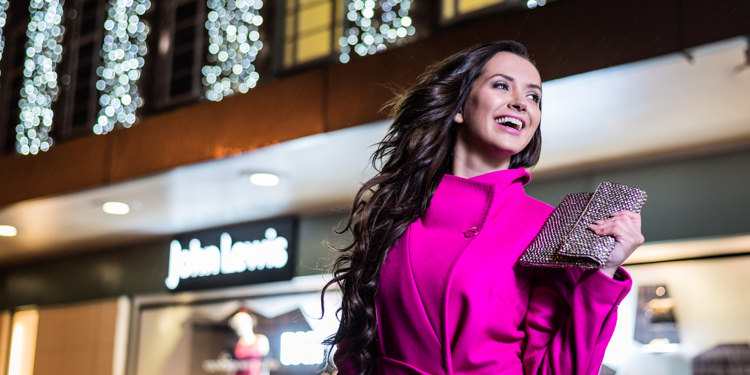How We Communicate with Pictures
As well as using words, we also communicate with pictures. In fact, images can enable communication to be much faster, have a longer lasting effect and to touch the emotions more easily. If we can understand how we interpret images, then we can more easily create images that will get our message across more successfully.

Images are made up of a number of elements. Each of those elements can be a sign that evokes meaning. However, these signs are not necessarily universal. As with verbal languages, different signs may be used in different cultures. So, if we want to communicate effectively with images, we need to understand how these signs will be interpreted from the point of view of the person looking at the picture. In other words, we must study the environment our target audience operates within and pinpoint how certain signs work within that interpretative framework to avoid mis-communication.

The symbol of “thumbs up” carries more than one meaning. For example, in the world of social media it can mean “like” or “agree”. If someone is standing at the side of the road it can mean “please can I have a lift?”Germans use it to represent the number 1 when counting on one’s fingers. However, in some countries it is apparently seen as a rude gesture! So, it doesn’t have a fixed universal single meaning.
Let’s have a look at some aspects of an image to see how it might be communicating with us through familiar symbols. Click the image for fullscreen.
Several of the visual cues combine to suggest a frustrated writer of some kind. There are some aspects that are not immediately obvious. But, there is enough for us to decode an underlying story or scenario. We use our knowledge of symbols we have encountered before to make judgements about what we are seeing. The scene as a whole has echoes of many other similar images of writers and people being frustrated. So, we put the clues together to form our interpretation of the picture.
Similarly, we can create a scene like this using visual cues that we know will evoke certain themes within the viewer’s context. We can include symbols that suggest meanings and feelings. From the expression on his face, to the old typewriter on the desk to the overall colour palette chosen, we can steer the viewer in a direction that we want to take them.
How about this image – what do the visual clues suggest to you?

If we wanted to make the image more about the handbag, or to reference summer, or to make you want to engage with the lady in the photo, how might we change the image? What is it about this image that suggests it is a fashion image rather than a business headshot?
If you can start to unpick meanings from images then you can build your own toolbox for creating more effective images. Communication is about making sure you are speaking the same language. Researching and understanding the target market is, therefore, important before even thinking about images.
You can analyse the effectiveness of your own photos by breaking them down in this way. Look for things that support the message and also for anything that might confuse or distract from it. If you would like help, I offer an image audit service to help you dig deeper into this for your business.
Communicating with pictures is very similar to communicating with words. We need to learn a vocabulary so that we can select the most effective way to communicate on each occasion. We need to be aware that symbols can have multiple meanings and how the nuances can be affected by the presence of other symbols. Use of images relies on a shared understanding of symbolic elements. We use cultural memories of previous encounters to evoke meaning in a new context. So, what are your images saying to your audience?
© Joe Lenton, February 2020
If you enjoyed this article you might also like to read my articles on Communicating With Colour and The Language of Images.
